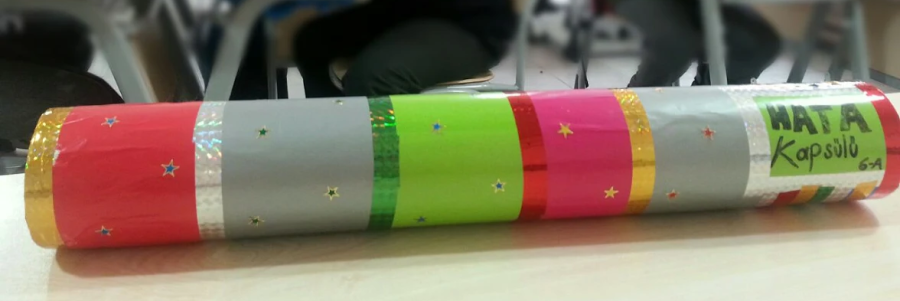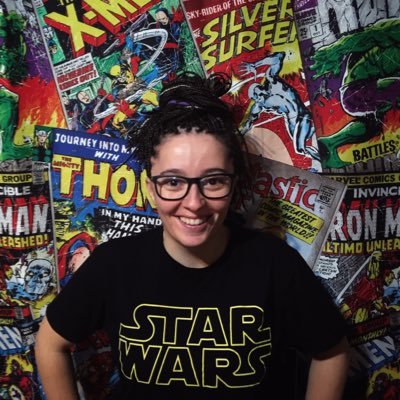What was the Problem?
Because of the system, students see everything as "right" or "wrong", focus on the results, and they are afraid of the reactions they will face when they think differently than other people. While not afraid of being creative in the pre-school, students can no longer think "differently" in the primary school. So "What is the biggest obstacle to creativity in learning environments?" and "How to create a creative educational environment?"
Solution

In the problem-solving process where design-oriented thinking methodology was applied; it was found that the factor that restricts creativity the most is being afraid to make mistakes. When given the opportunity to think freely, creativity becomes more visible. However, students have to adapt to rote-learning based education system, for this reason, they look for a single answer in their lives, and focus on the results rather than attaching importance to the process. One of the activities considered for the solution of this problem was the "Mistake Capsule".
During this activity, which takes two weeks, students write on sheets of papers their behaviors which they feel were mistake and put these in a box called the "Mistake Capsule".
The application process consists of 4 class hours. In the process, rather than mistakes, teachers underline the lessons to be taken from mistakes, and ask students to do the same. They also encourage the students who say they have learned from their mistakes. Teachers remind students to write their mistakes on sheets of papers when they make a mistake or when the other students tell them their mistakes and put these sheets of paper in the capsule.
Its Effect
In this process, students understand that everyone can make mistakes and that everyone can learn from their mistakes by looking from different perspectives. Also, it was observed that the students developed problem-solving skills in the process. After the activity, while the students analyzed their mistakes, they learned not to judge other students when they mistakes, that it is normal when others laughed at their mistakes, that it is possible to take lessons from mistakes, and that they should never give up trying even though they make mistakes.
This solution is one of the best examples selected and shared within the scope of Ashoka Farkyaratan Sınıflar "classrooms that make a difference) (http://www.farkyaratansiniflar.org/hatakapsulu.html) was one of the activities included at the special session of Öğretmen Ağı at the 15th Conference on Good Practices in Education
Contributors
Berna Aslan (English Teacher), Burcu Yıldırım (Preschool Teacher), Fettah Şen (Turkish Teacher), Gözde Uysal (Mathematics Teacher), Keziban Özdoğan (Turkish Teacher), Sibel Ezgi Epik (English Teacher)


